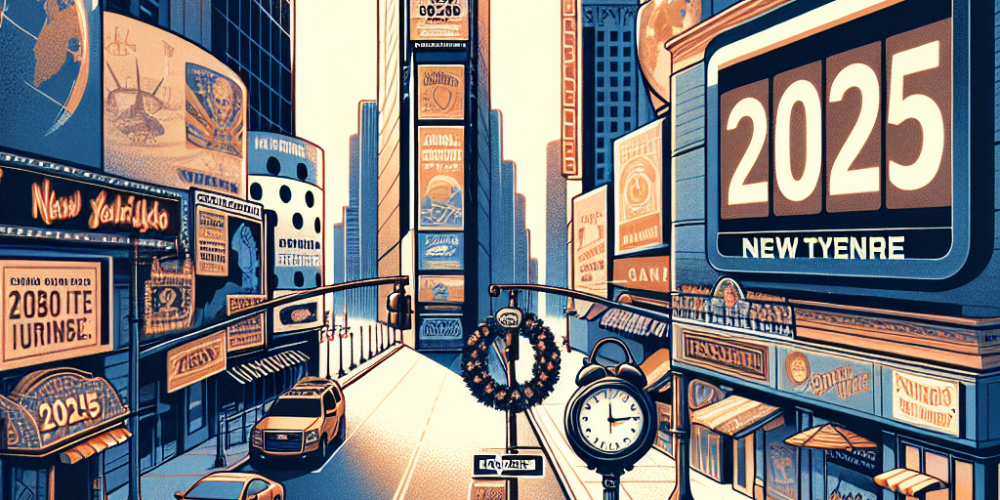The United States is experiencing a significant downturn in international tourism in 2025, with experts predicting that the impact will extend beyond the summer months. Data from the National Travel and Tourism Office indicate a drop of over 3 million foreign visitors – excluding those from Canada and Mexico – during the first seven months of the year. This represents a 1.6% decrease compared to the same period in 2024.
Industry analysts attribute this decline to a combination of factors such as increased travel costs, political tensions, and policy changes under President Donald Trump’s administration. Stricter visa regulations, heavy tariffs, and a perceived unwelcoming attitude towards other countries have deterred many potential visitors. Tourism officials note that these challenges have dissuaded international travelers who previously viewed the US as an attractive vacation destination, as reported by the Associated Press.
The city of Buffalo, New York, which typically enjoys a robust influx of Canadian tourists during the summer, has been hit particularly hard. Despite advertising efforts to encourage cross-border travel, Canadian visitor numbers have fallen. Patrick Kaler of Visit Buffalo Niagara remarked that while domestic tourists have somewhat compensated for the loss, the absence of Canadian visitors has undeniably affected the local economy.
Major cities like Las Vegas and Los Angeles are also experiencing a downturn in international tourism. Preliminary government data reveal significant declines in visitors from Western Europe, Asia, and parts of Africa. Notably, arrivals from Denmark and Germany have decreased by more than 10%, with markets in Asia, including Hong Kong and the Philippines, seeing similarly substantial drops.
The World Travel & Tourism Council highlighted this troubling trend earlier in the year, forecasting that the US would be the only one among 184 countries studied to experience a decrease in spending by foreign visitors in 2025. Julia Simpson, head of the council, remarked that such a trend signifies a loss of global appeal for the US. She pointed out that while other nations are actively seeking to attract tourists, American policies appear to be discouraging them.
In contrast, some regions are managing the decline better than others. Wisconsin’s Door Peninsula, for example, has seen a surge in domestic visitors, partially offsetting the decrease in international tourists. Similarly, airlines have reported increased demand for expensive domestic flights.
Despite these pockets of resilience, the gap left by the drop in foreign visitors remains significant. With forecasts predicting an overall 8.2% decline in international arrivals this year, the tourism industry is bracing for a protracted recovery. Many industry professionals are urging the government to reconsider its current strategies, warning that the longer the US is perceived as an inhospitable destination, the more difficult it will be to regain the trust and business of international travelers.
A counterpoint to the prevailing concerns comes from proponents of the administration’s policies, who argue that stricter visa and tariff regulations are necessary for national security and economic fairness. They believe that these measures will ultimately lead to a more balanced and sustainable tourism industry, albeit with a focus on attracting a different demographic of travelers.
Overall, the situation presents a complex challenge for the US tourism sector, one that requires thoughtful consideration and potential policy adjustments to navigate effectively. While domestic travel provides some relief, the international market’s contraction underscores the need for a strategic approach to restore the country’s image as a welcoming and desirable travel destination. As the industry contemplates its next steps, the call for a more open and inclusive policy framework grows louder, reflecting the shared goal of revitalizing US tourism on the global stage.

David Garato is a luminary in gaming journalism, renowned for peeling back the curtain on the gaming world with his witty and insightful commentary. A decade into weaving stories from the pixelated edges of indie games to the expansive universes of AAA titles, David’s work is a thrilling blend of analysis and adventure. When not writing, he’s live-streaming, sharing his gaming exploits with an engaged and growing audience. David doesn’t just write about games; he lives them, making him a trusted guide in the gaming community.
















